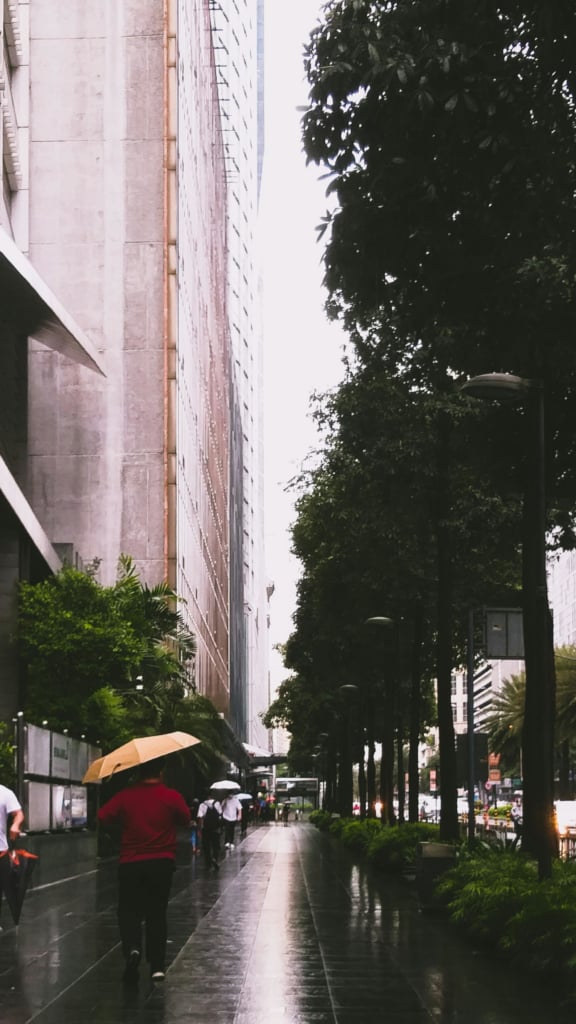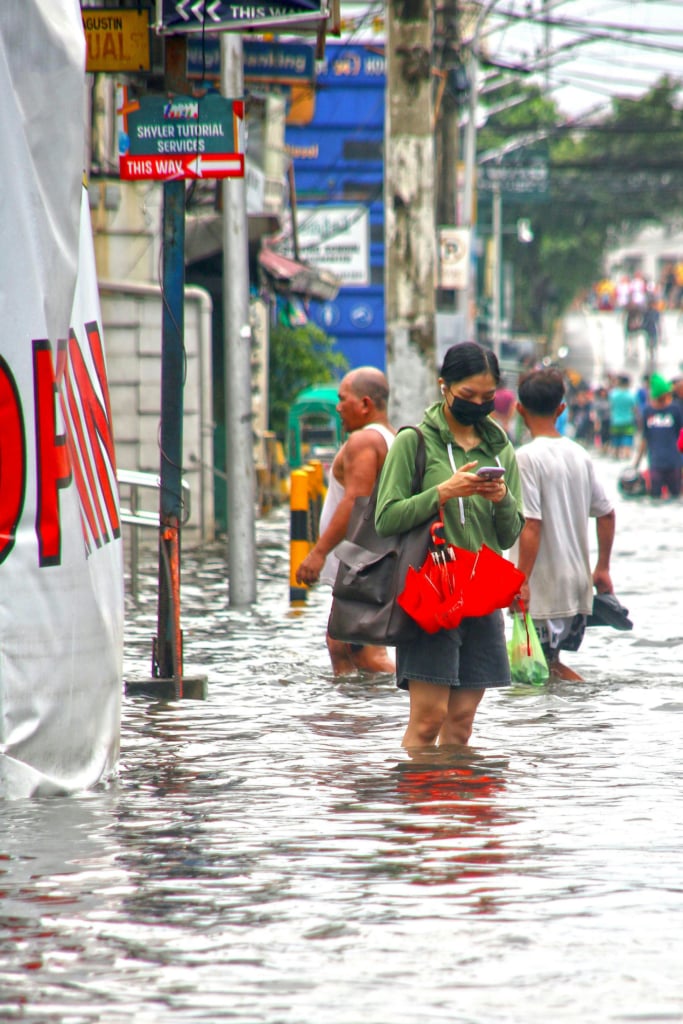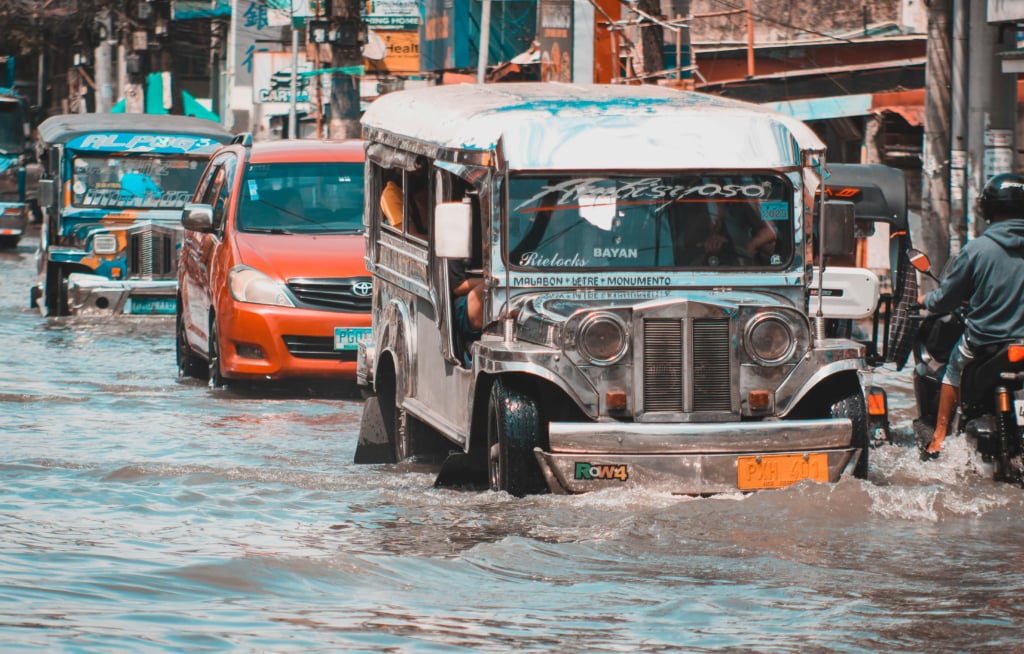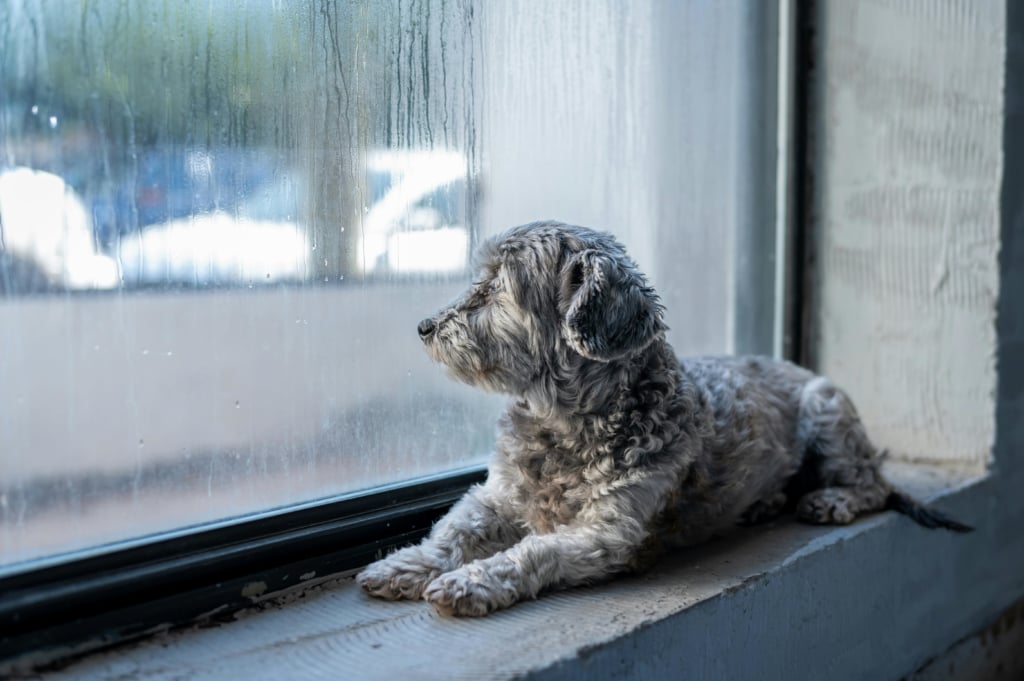Tag-ulan na naman, mga bes. The skies are gray, your socks are wet, and pedicabs, boats, and makeshift rafts help you cross floods now charge like a first-class ride to the airport. Yup, it’s that time of year when your umbrella becomes your weapon, and your patience gets tested daily.
But before we dive into how to survive this slippery season, let’s talk real talk. Bakit nga ba parang mas malala na ang ulan?
Climate Change: The Bigger Storm We Can’t Ignore
Remember when the rains used to be predictable? It’s with a little ambon in the morning and a bit of rain in the afternoon. These days, scorching heat or sudden buwis-buhay downpours flood entire barangays in under an hour.
Here’s the thing: climate change is real, and we’re already feeling it.

What’s going on?
- Global warming means warmer oceans, which feed stronger typhoons. That’s why recent typhoons have been more intense and destructive.
- More unpredictable rainfall. It can be dry for weeks, and then suddenly, there is one heavy rain and boom. Baha everywhere.
- Urban heat, dirty air, and deforestation mess up our natural systems. This includes rain patterns, soil stability, and even where storms go.
- The Philippines is one of the most climate-vulnerable countries in the world. We’re already seeing the effects: rising sea levels, stronger typhoons, droughts followed by extreme floods, and worsening food security.
So no, hindi ka lang OA when you say “Grabe, ang lakas ng ulan ngayon.” You’re just observant. And probably wet.
Rain is here. Are you ready, or just emotionally soaked?
Rain doesn’t just ruin your laundry. It messes with schedules, breaks internet connections, and sometimes brings out the sad era in all of us.
Checklist bago lumabas:
- May payong ka ba?
- Waterproof ba ang bag mo?
- Ready ka bang makipagsabayan sa ulan at sa traffic?
Preparedness isn’t just about gear. It’s about mindset.
Is your home ready for Team Baha?
Especially for those who live near flood-prone areas. You know it’s officially rainy season when:
- You hear tik tik tik on your ceiling.
- The tabo becomes your emergency flood bucket.
- May surprise swimming pool sa sala.
Now’s the time to:
- Clean the gutters
- Seal leaks
- Keep flashlights, rechargeable lamps, candles, and snacks within reach.
Pack a “Just in Case” Kit
You’ll never know when you’ll get stranded at the office or wade through water that smells like mystery.
Your survival kit should include:
- Extra clothes, socks, and slippers
- Power bank
- Snacks and water
- Essential documents in ziplocks (tita vibes, pero smart)
- Facial tissue, alcohol, and some mental clarity

Driving in the rain? More like floating.
Rainy-day driving in the Philippines is like joining the Amazing Race: Flooded Manila Edition.
Before leaving:
- Check your wipers, tires, and brakes
- Don’t drive through suspicious still water (that’s not a shortcut, that’s a trap)
- Load up on patience, music, and snacks.
Or better yet, stay home if you can. Sometimes, mag-chill na lang, mowm.

Mosquitoes are thriving. Don’t let dengue win.
Rain means water. Water means mosquitoes. Mosquitoes mean trouble.
So make sure to:
- Empty containers, pots, and basins after every rain
- Use mosquito repellent, especially for kids and elders.
- Sleep under nets or wear long sleeves at night.
Because getting sick during tag-ulan is not part of the aesthetic.
Comfort is key. Find joy in the drizzle.
Yes, the rain ruins plans. But it also gives us the perfect excuse to slow down.
Rainy season perks:
- Sinigang or champorado weather
- Cuddle-friendly bed weather
- That deep emotional walk in the rain you’ve been meaning to take, playlist and all.

Final Thought: Survive, Adapt, and Care
We joke about the rain, the baha, and the memes, but climate change is no laughing matter. We’re not just surviving longer rainy seasons but living through a new climate reality.
Let’s all do our part:
- Be mindful of waste
- Save energy and water.
- Support local, sustainable products.
- Stay informed
Because while resilience is great, hindi sapat ang payong kung baha na hanggang dibdib. Real change needs action from those in power. We need better infrastructure, stronger climate policies, and leaders who take environmental issues seriously. We do our part, but they need to do theirs, too.




